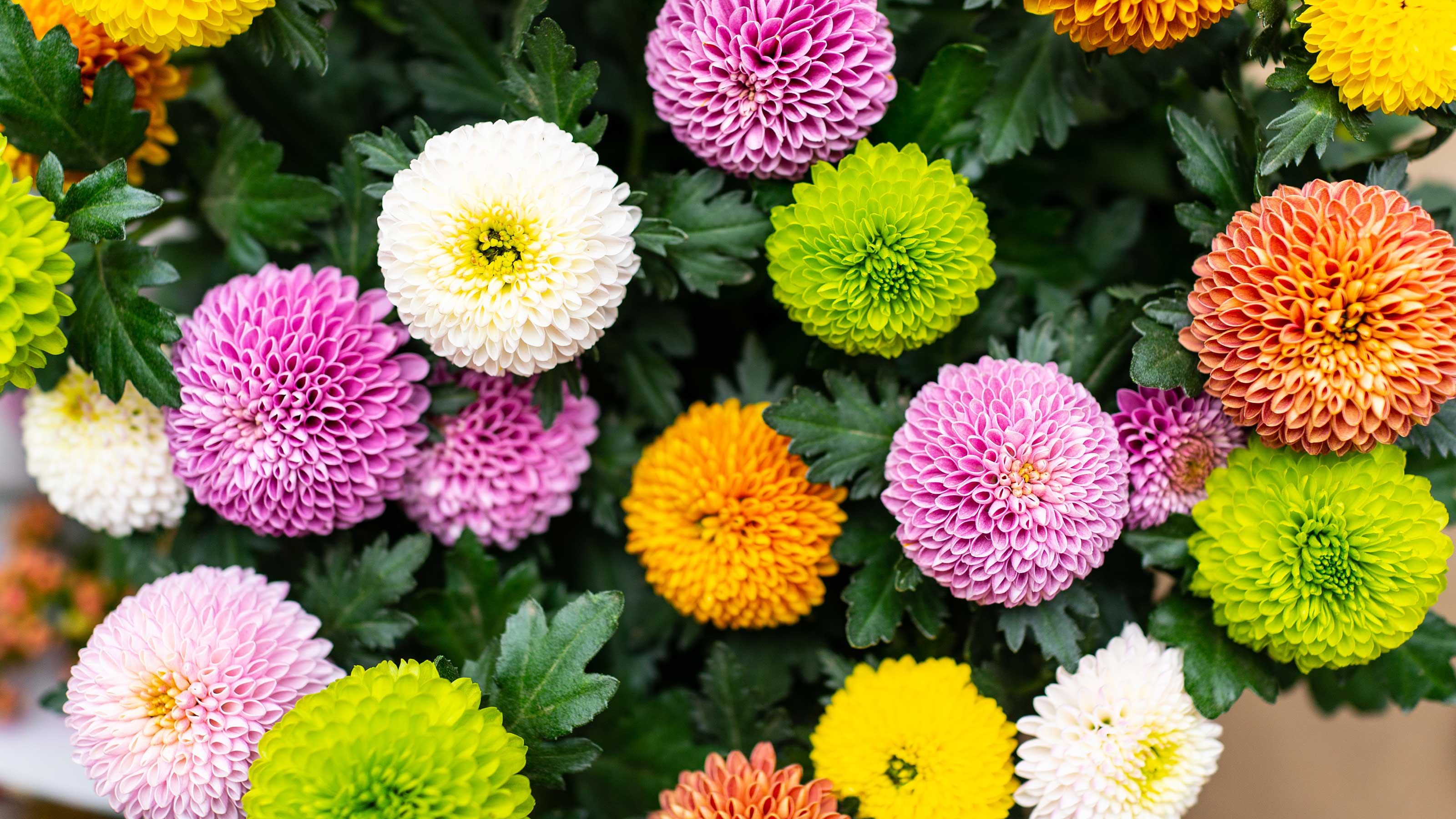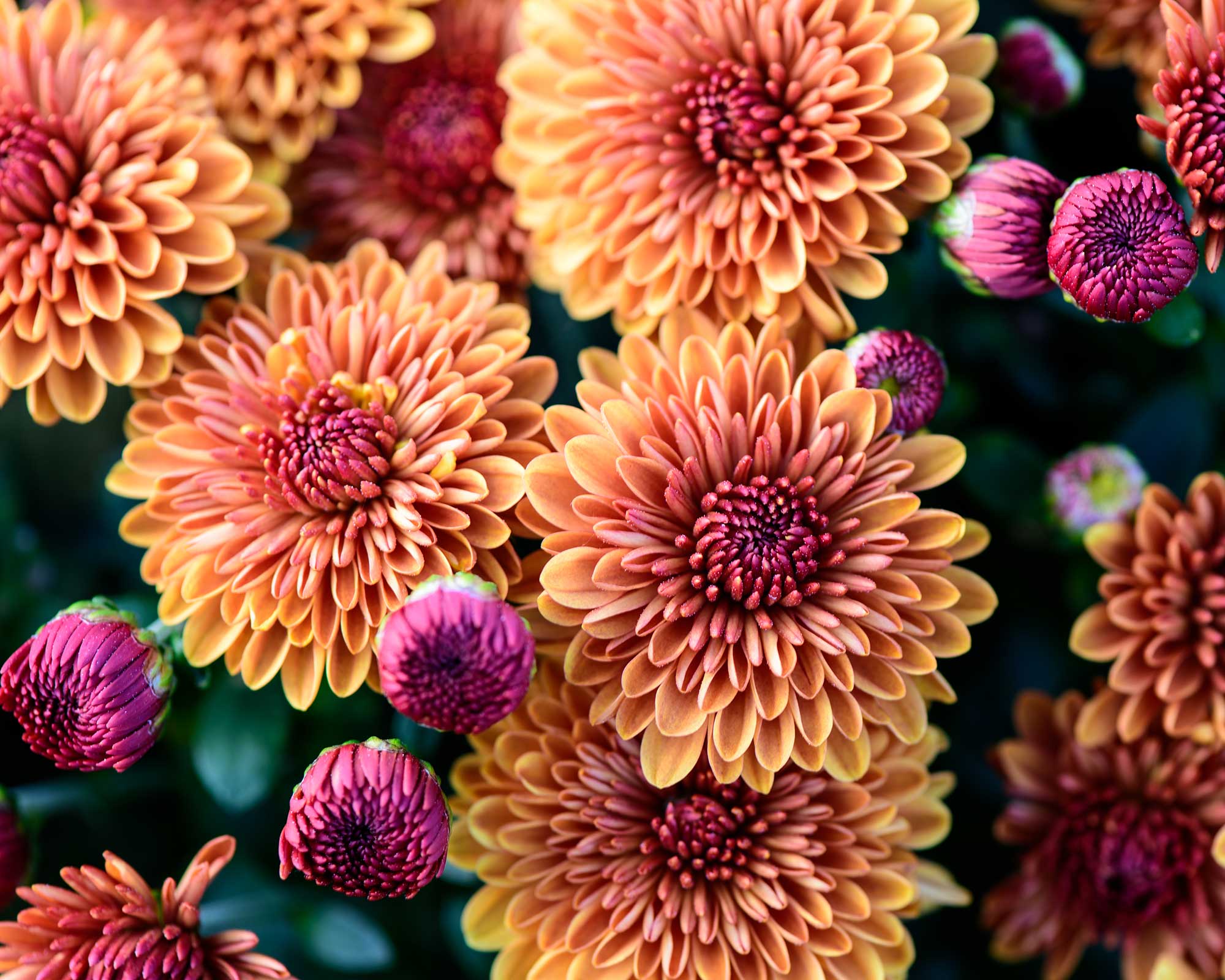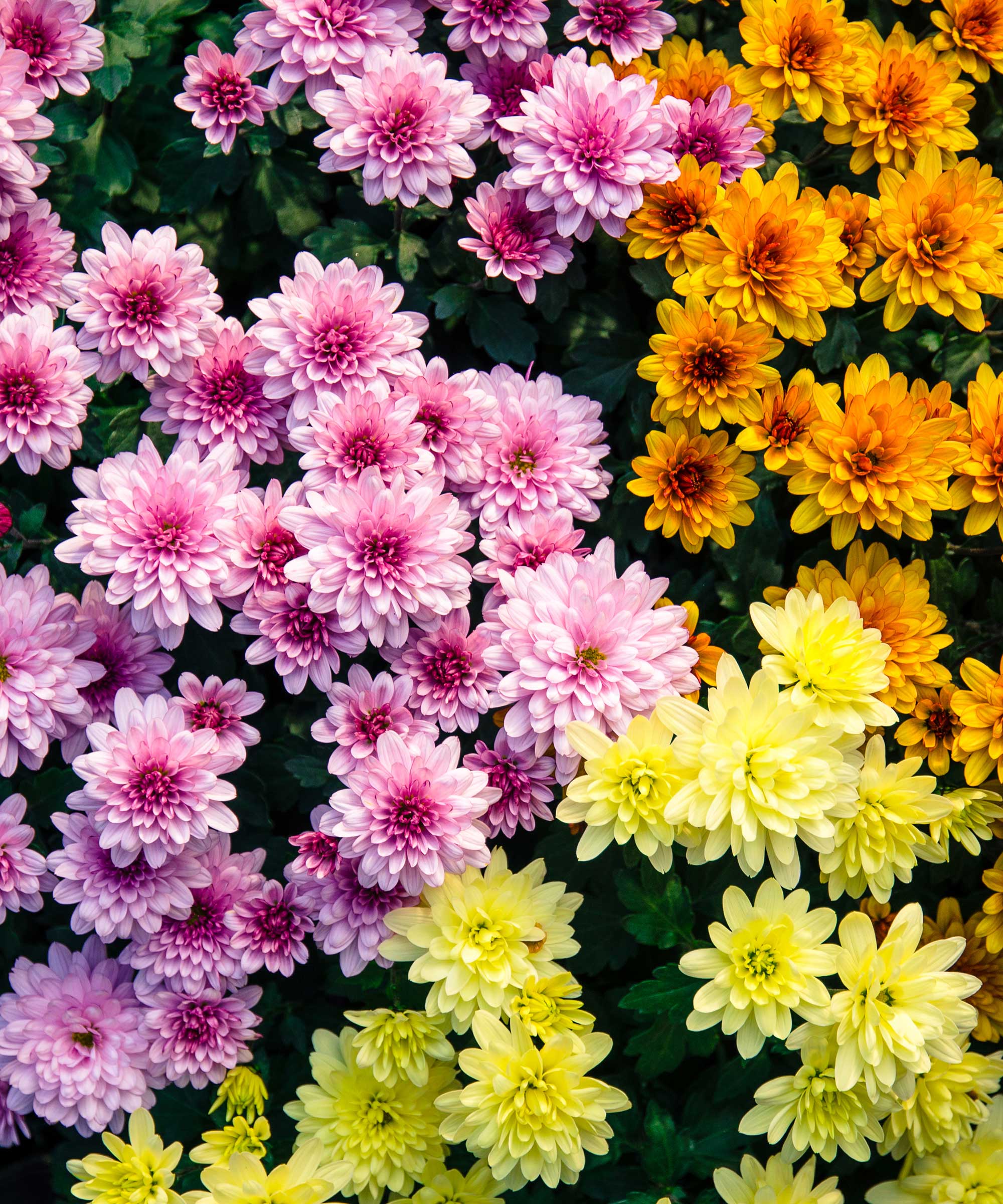Using chrysanthemums to repel ants – the trendy way to deter these pests
The retro bloom has made a comeback for SS/22 – but its benefits don't end with its aesthetic


Whether you love them or hate them, there's no avoiding that chrysanthemums are staging a comeback. This controversial flower knows how to start a debate; however, plant experts have just shared a convincing reason to get behind the trend.
If you're wondering how to get rid of ants, this fashionable flower may be the secret to success – and this expert revelation couldn't come at a more welcome time. The arrival of spring sees ants emerge from their dormant state in the search for food, and this is often found inside the home.
By combining one of spring's biggest pest problems with one of the most talked-about garden trends, you may be rewarded with an ant-free home – all season long.

How to use chrysanthemums to repel ants
According to Primrose, chrysanthemums are one of seven plants that naturally repel ants without the spray of nasty chemicals.
Other more unconventional picks include eucalyptus, marigolds, and basil – which repel ants with their smell. 'Many don't know that a lot of fragrant plants can do a great job of deterring creepy crawlies,' says Evie Lane, their Gardening Expert. Not only will the aromatic fragrance of such plants keep ants away, but they also smell great in your garden or home, she adds.
Meanwhile, brightly-hued chrysanthemums contain pyrethrum – an ingredient frequently used in natural insect repellent. This means they can help keep ants away when they're grown as part of your flower bed ideas or arranged in a vase indoors. And, they can also be effective in repelling ticks, fleas, spider mites, cockroaches, and even bed bugs.
Plus, their wide variety of colors makes a pretty display. 'Not only do chrysanthemums produce their own insect repellent, but they'll also brighten up your home,' Evie says.

Why choose chrysanthemums to repel pests?
Alongside being bang on trend, chrysanthemums (like the other plants that repel insects) are a safer deterrent than chemicals.
'Some ant repellents are not to be used around children and pets, which is why natural deterrents may be a better option if you have spotted a few ants inside the home,’ Evie says.
Overall, it's a safe way to tackle ants and it looks fantastic too – we think this is a trick that's definitely worth a try.
Megan is the News and Trends Editor at Homes & Gardens. She first joined Future Plc as a News Writer across their interiors titles, including Gardeningetc, Livingetc, and Real Homes. As the News Editor, she often focuses on emerging microtrends, sleep and wellbeing stories, and celebrity-focused pieces. Before joining Future, Megan worked as a News Explainer at The Telegraph, following her MA in International Journalism at the University of Leeds. During her BA in English Literature and Creative Writing, she gained writing experience in the US while studying in New York. Megan also focused on travel writing during her time living in Paris, where she produced content for a French travel site. She currently lives in London with her antique typewriter and an expansive collection of houseplants.
